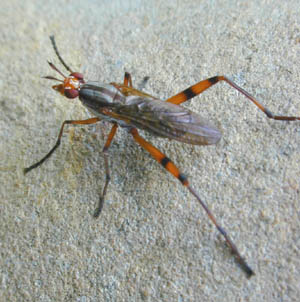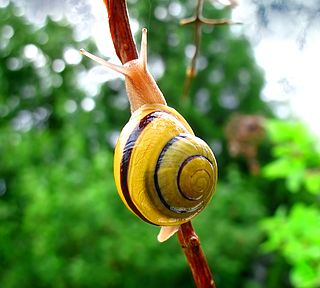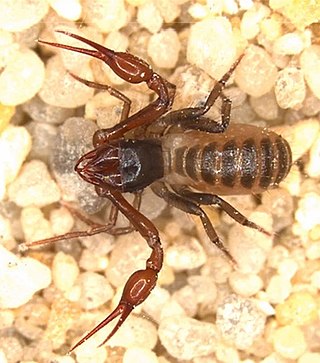
James Joseph Chamberlin is an American drummer and record producer. Described as "one of the most powerful drummers in rock," he is best known as the drummer for the alternative rock band the Smashing Pumpkins. Following the 2000 breakup of the band, Chamberlin joined Pumpkins frontman Billy Corgan in the supergroup Zwan and also formed his own group, the Jimmy Chamberlin Complex, of which he is still currently active. In late 2005, Chamberlin joined Corgan in reforming Smashing Pumpkins; he eventually left the group in March 2009, though he returned again in 2015 for a summer tour, and has officially performed with the band since then. Following guitarist Jeff Schroeder's departure in October 2023, Chamberlin is the band's second-longest serving member. He also performed in the group Skysaw until 2012 and joined Chicago jazz saxophonist Frank Catalano for a string of 2013–15 performances in the Chicago area. An EP by Catalano and Chamberlin Love Supreme Collective was released on July 29, 2014.

Pseudoscorpions, also known as false scorpions or book scorpions, are small, scorpion-like arachnids belonging to the order Pseudoscorpiones, also known as Pseudoscorpionida or Chelonethida.

The Acalyptratae or Acalyptrata are a subsection of the Schizophora, which are a section of the order Diptera, the "true flies". In various contexts the Acalyptratae also are referred to informally as the acalyptrate muscoids, or acalyptrates, as opposed to the Calyptratae. All forms of the name refer to the lack of calypters in the members of this subsection of flies. An alternative name, Acalypterae is current, though in minority usage. It was first used by Pierre-Justin-Marie Macquart in 1835 for a section of his tribe Muscides; he used it to refer to all acalyptrates plus scathophagids and phorids, but excluding Conopidae.

Stylommatophora is an order of air-breathing land snails and slugs, terrestrial pulmonate gastropod molluscs. This taxon includes most land snails and slugs. Stylommatophorans lack an operculum, but some close their shell apertures with temporary "operculum" (epiphragm) made of calcified mucus. They have two pairs of retractile tentacles, the upper pair of which bears eyes on the tentacle tips. All stylommatophorans are hermaphrodites.

Conoidea is a superfamily of predatory sea snails, marine gastropod mollusks within the suborder Hypsogastropoda. This superfamily is a very large group of marine mollusks, estimated at about 340 recent valid genera and subgenera, and considered by one authority to contain 4,000 named living species.

Chthoniidae is a family of pseudoscorpions within the superfamily Chthonioidea. The family contains more than 600 species in about 30 genera. Fossil species are known from Baltic, Dominican, and Burmese amber. Chthoniidae now includes the former families Tridenchthoniidae, and Lechytiidae which has been demoted to subfamilies.

Sigmurethra is a taxonomic category of air-breathing land snails and slugs, terrestrial pulmonate gastropod molluscs. This is an informal group which includes most land snails and slugs.

Panpulmonata is a taxonomic clade of snails and slugs in the clade Heterobranchia within the clade Euthyneura.

Chernetidae is a family of pseudoscorpions, first described by Anton Menge in 1855.

Olpiidae is a family of pseudoscorpions in the superfamily Garypoidea. It contains the following genera:

Caponiidae is a family of ecribellate haplogyne spiders that are unusual in a number of ways. They differ from other spiders in lacking book lungs and having the posterior median spinnerets anteriorly displaced to form a transverse row with the anterior lateral spinnerets. Most species have only two eyes, which is also unusual among spiders. A few species of Caponiidae variously have four, six or eight eyes. In some species the number of eyes will increase when the spiderling changes its skin as it grows towards adulthood.

Chordeumatida is a large order of millipedes containing some 1200 species with a nearly worldwide distribution. Also known as sausage millipedes, they grow and develop through a series of moults, adding segments until they reach a fixed number in the adult stage, which is usually the same for a given sex in a given species, at which point the moulting and the addition of segments and legs stop. This mode of development, known as teloanamorphosis, distinguishes this order from most other orders of millipedes, which usually continue to moult as adults, developing through either euanamorphosis or hemianamorphosis.
Atemnidae is a family of pseudoscorpions, first described by Kyukichi Kishida in 1929.
Dinocheirus is a genus of pseudoscorpions in the family Chernetidae.

Eurymerodesmus is a genus of flat-backed millipedes in the family Eurymerodesmidae. There are more than 30 described species in Eurymerodesmus.
Hesperochernes is a genus of pseudoscorpions in the family of Chernetidae.

Lamprochernes is a genus of pseudoscorpions in the family Chernetidae.

Pseudotyrannochthoniidae is a family of pseudoscorpions, belonging to the superfamily Chthonioidea. It represents the most basal and primitive group of living pseudoscorpions, with less than 100 species in 6 genera. Living members of the group have a strongly disjunct distribution, likely reflecting ancient vicariance, occurring in Australia, Asia, Southern Africa and Madagascar, Western North America and southern South America. Fossils species are known from the Eocene Baltic and Bitterfeld amber, which represent members of extant Asian genera.

Cryptops sometimes known as cave centipedes, is a centipede genus in the family Cryptopidae; species records have a world-wide distribution.
Americhernes is a genus of pseudoscorpions in the Chernetidae family. It was described in 1976 by American arachnologist William Muchmore.
















